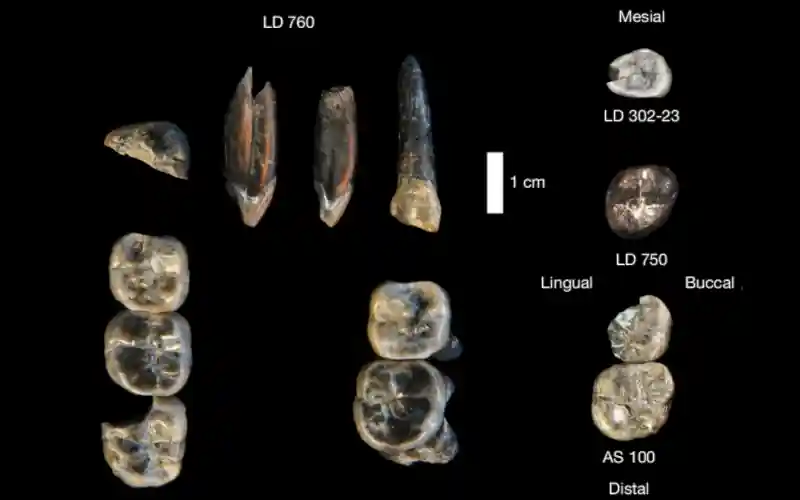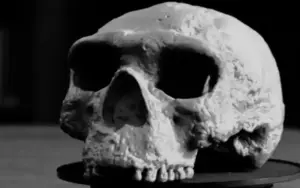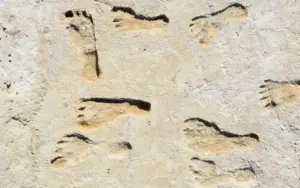Unlocking Human Evolution’s Past

- Newly discovered fossils from Ethiopia reveal a previously unknown Australopithecus species, challenging the linear view of human evolution by showing multiple hominins coexisting.
Researchers working in Ethiopia have discovered fossilized teeth belonging to a previously unknown species within the human evolutionary lineage. These fossils, estimated to be around 2.65 million years old, were found in the Ledi-Geraru research area of northeastern Ethiopia’s Afar Region. The discovery is significant because this new species coexisted in the same time and place as the earliest known member of the genus Homo, our own species’ ancestral group. This coexistence provides valuable insights into a poorly understood period in human history. The new findings are also forcing scientists to re-evaluate the complexity of our evolutionary family tree.
A Crowded Evolutionary Tree
The team, led by paleoanthropologists from the University of Nevada, Las Vegas, found ten teeth from two individuals, identifying them as a new Australopithecus species. Prior to this, six Australopithecus species were known from various African sites. This new species, whose specific name has yet to be assigned due to the incomplete remains, displays a unique combination of traits. At the same time, the researchers also found three other teeth, dated to 2.59 million years ago, that belonged to the oldest known Homo species, first identified by a jawbone found in 2013. The co-existence of these species suggests a dynamic and complex evolutionary landscape.
The discovery reinforces the idea that human evolution wasn’t a simple, linear progression. Instead, it was more like a branching tree with multiple species living at the same time. The new dental fossils suggest that at least four hominins—the collective name for species in the human evolutionary lineage—inhabited East Africa during this time. These included the newly identified Australopithecus, the early Homo species, another Australopithecus species, and a species of Paranthropus. The presence of so many contemporary hominins illustrates the intricate and competitive nature of our ancestral past. This finding challenges the traditional “missing link” theory, instead supporting a more complex, multi-branched view of human evolution.
Competition for Resources
Scientists are now focused on understanding the nature of the interaction between these coexisting species. They are currently analyzing the teeth to determine if the Australopithecus and Homo species had similar diets, which could indicate competition for resources. If their diets were similar, it is likely they were in direct competition for food. The area around the discovery site has also yielded crude stone tools dating to the same period. These tools were likely created and used by the early Homo species for various tasks, potentially giving them an advantage over their contemporaries.
Dating and Environment
The researchers used a precise dating technique to determine the age of the teeth. They analyzed feldspar crystals found in volcanic ash, using the radioactive decay of argon to establish the precise timeframe. The region’s environment was dramatically different 2.65 million years ago. While today the Afar Region is a hot, arid expanse, back then it was a lush, vegetated landscape with shallow lakes and flowing rivers. This environment supported a diverse array of animal life, including giraffes, hippos, elephants, and various predators like saber-toothed cats.
Interesting fact
|









